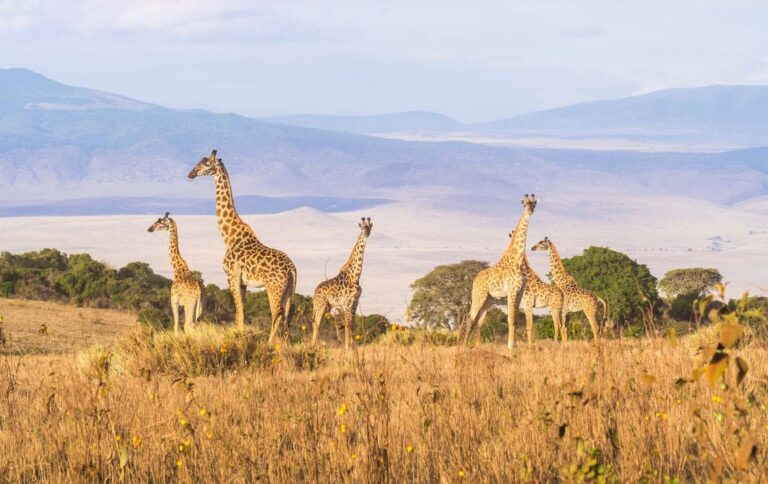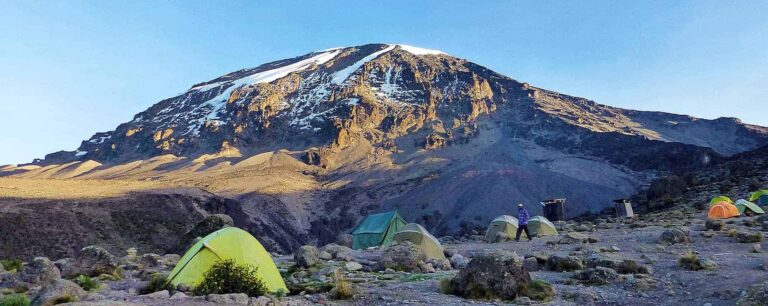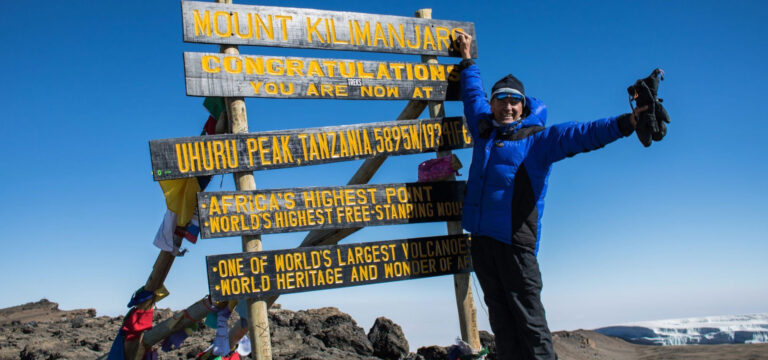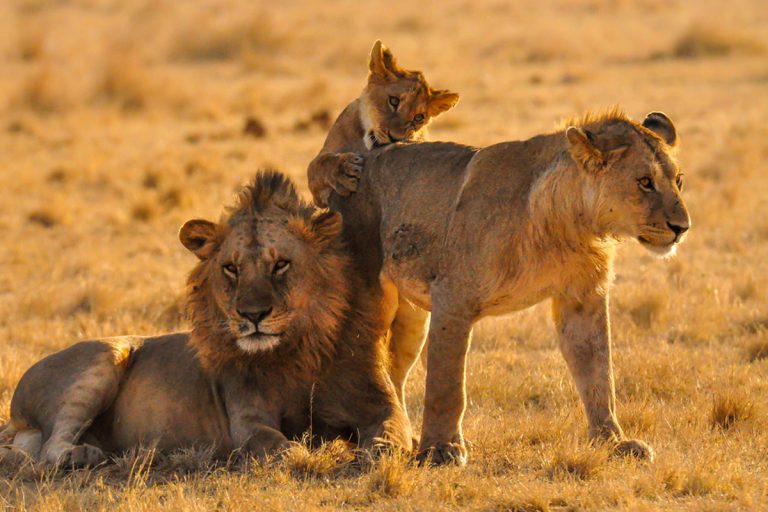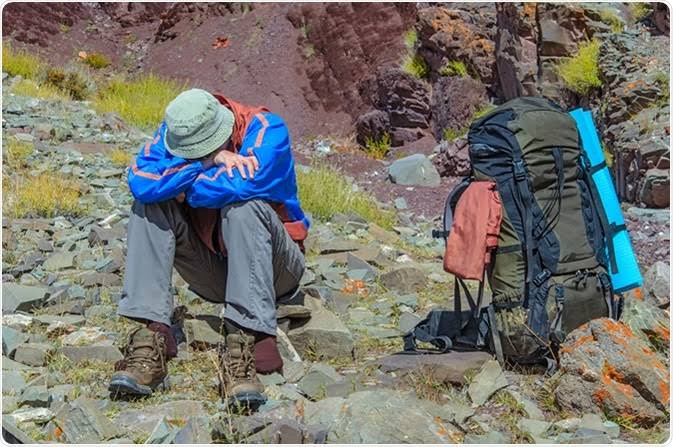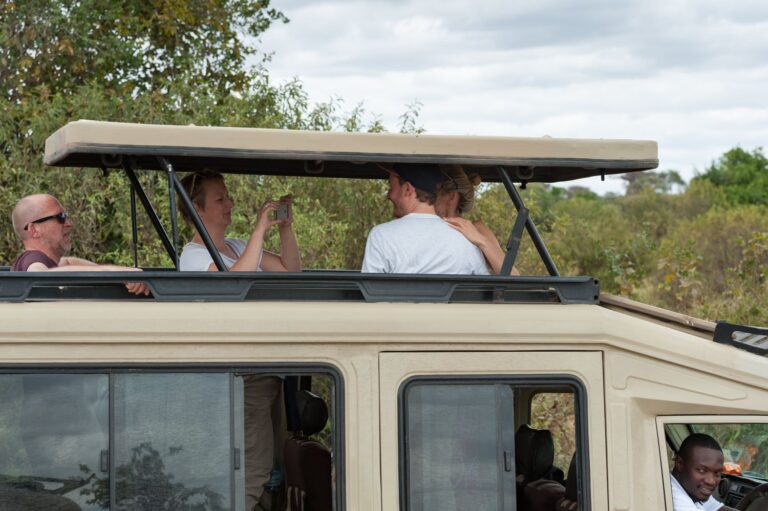The Serengeti wildebeest migration is one of the world’s seven wonders under the UNESCO banner, making it an important experience to include on your bucket list for your Africa trip. More than 2.5 million wildebeests, accompanied by Zebras, Antelope families, and Gazelles, migrate in a vast loop that connects Kenya’s Serengeti and Masai Mara Reserves years round.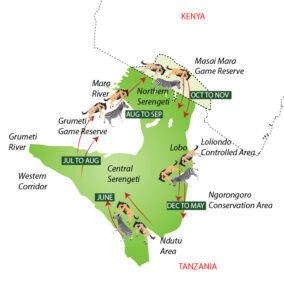
According to research, the herds spend the majority of their cycle in the Serengeti plain, then cross the Mara River from July to September, heading to the Masai Mara Reserve, before returning to the Serengeti Plain in November and heading toward the central Serengeti and Ndutu via Lobo. From December to March, the herds are expected to arrive in the Ndutu region for calving.
When fresh grass to feed their newborns becomes scarce in April and May, the herds return to the central Serengeti, where they join resident animals until June, when they continue westward migration to the western corridor at Grumeti region, which is considered a wildebeest mating season.
Herds cross the Grumeti River in June, heading north to the Serengeti, where they spend time admiring the new grasses before crossing the Mara River again to the Masai Mara Reserve to complete their year-round cycle.
There is no other destination on the planet that can match the Annual Wildebeest Migration in Serengeti, and witnessing it is undoubtedly a life-changing experience.
We have created the best packages based on the seasonal movement of the herds to simply assist you in making the best decision possible to witness this natural wonder.
Disclaimer:
- The Wildebeest migration cycle is a natural movement that is governed by rainfall patterns. The herds follow the same path all year, moving at different speeds depending on the weather. River crossings are not guaranteed, but they usually happen between July and October. To see a river crossing, one must be patient and fortunate.
- Calving typically occurs in the southern plains of the Serengeti and Ngorongoro in the Ndutu region, where we will certainly take you but are not legally responsible to see the calving process because it is a natural, not forced, process.

